Your Room by Room Guide to Decluttering Before Moving
Did you know that a 2016 study found a link between happiness and clutter?
Published in the Journal of Environmental Psychology, the paper found that clutter negatively impacts “subjective well-being” because it interferes with our psychological perceptions of home and place-making.
Or in simple terms: we’re happier when we like our living spaces, and most people prefer less stuff around them.
Whether you’re a maximalist, a minimalist, or somewhere in between, no doubt you have a bit of clutter to get rid of. And if you’re about to move houses, you’re in luck because pre-move is the perfect time to declutter (and gain a well-being boost).
As an added bonus, you might end up spending less on moving costs and you’ll be starting off on a streamlined foot in your new home.
With that in mind, let’s start in the bedrooms.
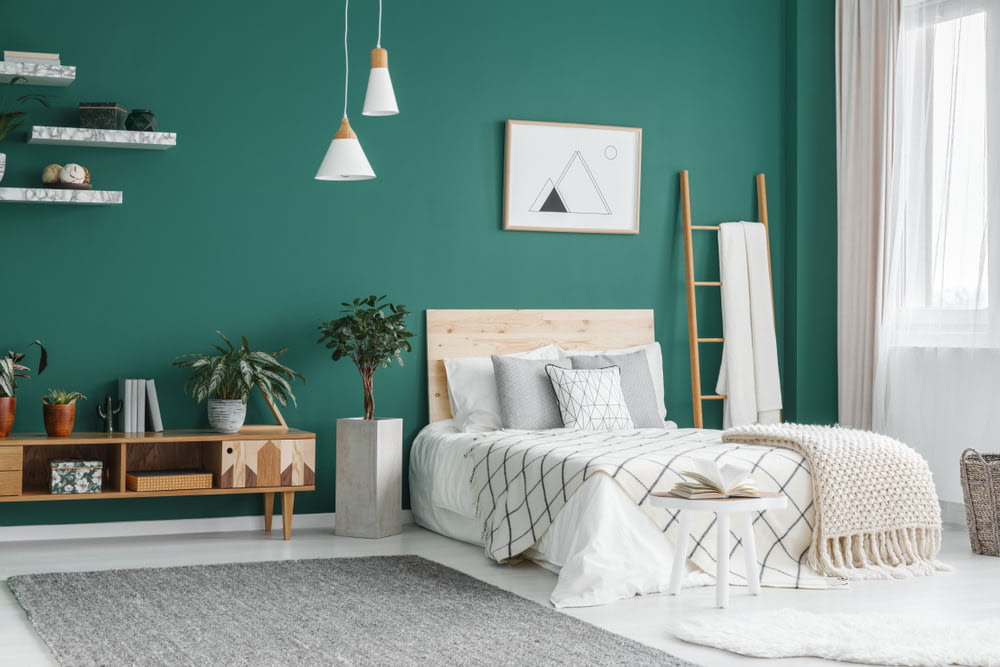
Decluttering bedrooms
The trick to decluttering any room is to start with the easy stuff and then move on to the trickier areas. That way, you can see tangible results that will keep you motivated.
Here’s how to tackle a bedroom:
- Start under the beds, haul everything out and classify it as keep, donate, sell, or rubbish, as you’ll do for every area.
- Consider your wardrobe. If you haven’t worn it in five years, a good rule of thumb is that it’s never going to be worn again. The same holds true for shoes. Likewise, there’s little point in keeping clothes that don’t fit.
- Go through your drawers and decide what’s needed and what can go. Marie Kondo suggests asking yourself if an item “sparks joy.”
- Be ruthless with toys (if possible) don’t throw out your child’s favourite one-eyed teddy, but that broken Matchbox car can probably go.

But what if I’m sentimental?
Your bedroom is likely where you keep your most treasured and sentimental items, so decluttering here can be harder than in other rooms.
That said, there’s a significant difference between the first handwritten letter your significant other gave you and a pair of shorts you never wear but remind you of an island holiday.
It’s ultimately up to you to decide which items are must-keeps and which are weighing you down, but expert minimalist Joshua Becker suggests remembering that “less is different than none” — you’re not giving up all your sentimental items, you’re just keeping less of them.
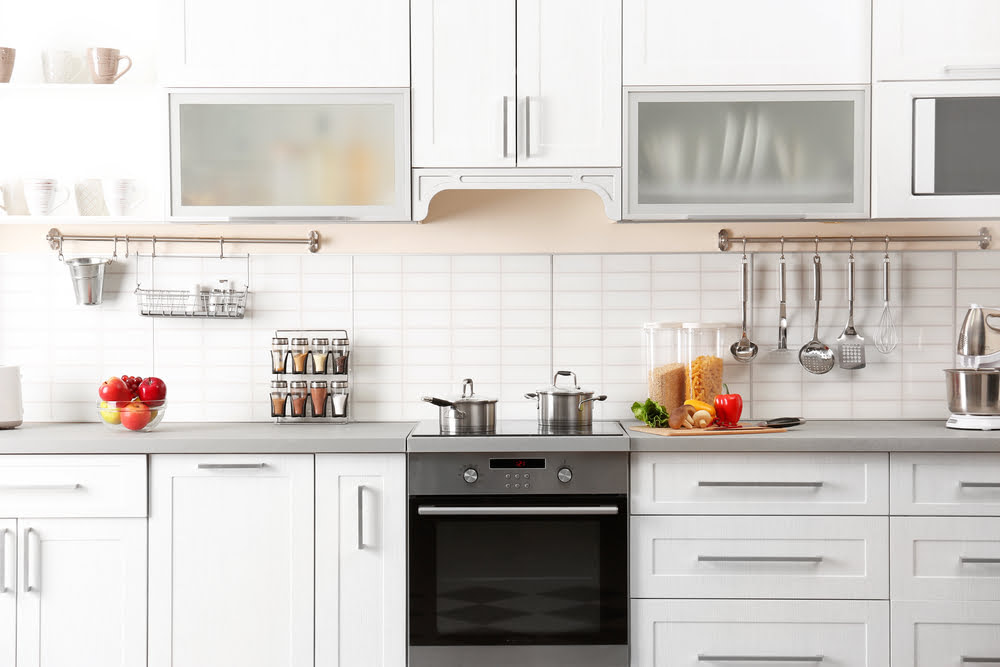
Decluttering kitchens
There’s less risk of encountering sentimental items in here, so you’ll make good progress. But you might be surprised by just how many kitchen items you own…
- Assess your kitchen appliances and get rid of anything that’s broken or you’re not using. Yes, even that portable smoothie blender you’ve been meaning to try.
- Plates and mugs that are broken or cracked are destined for the garbage. Consider whether you really need 18 mugs and if you need to take all the dinner plates or just your favourites.
- Pots and pans are useful items, so you’ll probably want to keep most of them, but pans that are broken or never used can be thrown away or donated.
- Utensils and cutlery drawers (and the ‘everything drawer’). Keep the utensils and cutlery you use but get rid of any over-engineered gadgets. After all, when was the last time you used an egg slicer? Clear out your bits-and-bobs drawer sorting essentials from mere clutter.
- Pantry and food cupboards. Keep the stuff you’re using and eating but purge any items you’ve been holding on to for a while. Remember that things like a tin of beans or an unopened bag of pasta can be donated. Open bottles of fluids, be they cleaning products or otherwise, can’t be packed and moved by professional movers, so ditch these prior to the big day.
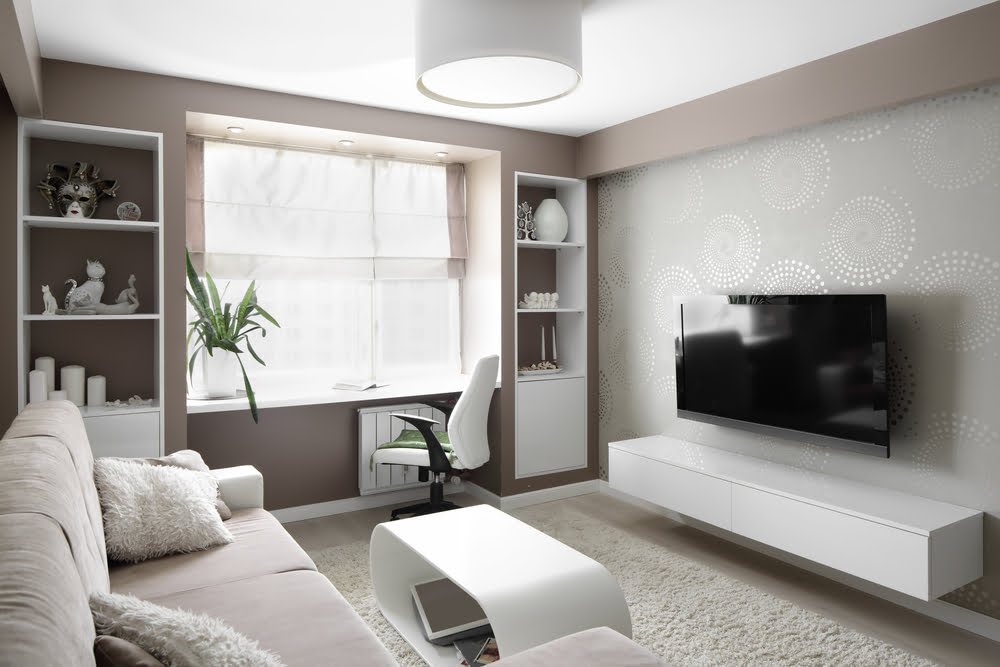
Decluttering living areas
Sure, these are big areas but they’re not as hard to declutter as you might imagine. Start with the smaller storage areas and work your way up.
- Sort through toy boxes and decide what’s staying and what’s going to a new home. Critically assess the craft drawers while any children are otherwise distracted.
- Assess your media. Still keeping a stack of CDs even though you have Spotify? Could be time to get rid of those, although you might want to keep any vinyls. Sort through your DVDs, Playstation games, and any other entertainment items. Kids grew out of their GameBoys? These have a decent resale value so put them in the sell pile.
- Tackle the bookshelves by sorting books into must-keep and donatable. Unless you’re emotionally attached to your books (we wouldn’t judge) keep only what you haven’t read and essential reference books.
- Ornaments and knickknacks you’re not all that fond of can be discarded while unwanted art or wall decorations can be sold or donated. If you have rugs, decide if they’re destined for the new home, eBay, or the op shop.
- Purge your sideboard and get rid of any items that you don’t need or want to take.
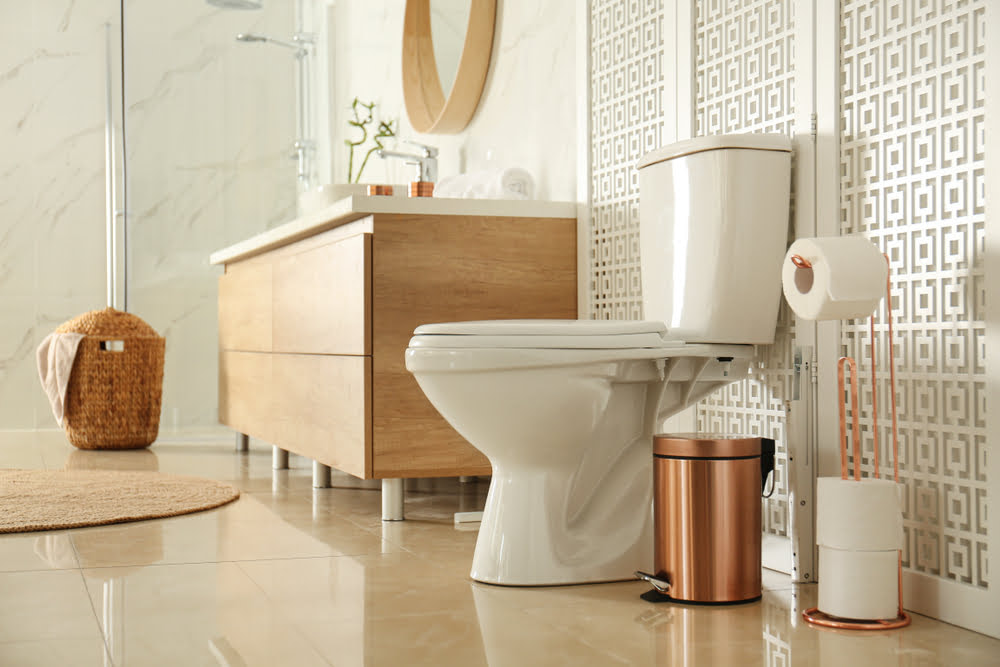
Decluttering bathrooms
Bathrooms are a piece of cake, you’ll speed through this bit.
- Check your cupboards and ditch expired medicines. Likewise, old makeup you don’t use can also go in the bin.
- Assess your linens and decide which towels (if any) you’ll take. Older towels in good condition can be donated, but any that are far past their prime are better off in the trash or used for cleaning. Alternatively, use towels to pack boxes and pad awkward items.
- Bravely venture under the sink and discard any detritus you find. Half-open lotions and potions you don’t use are best reserved for the trash.
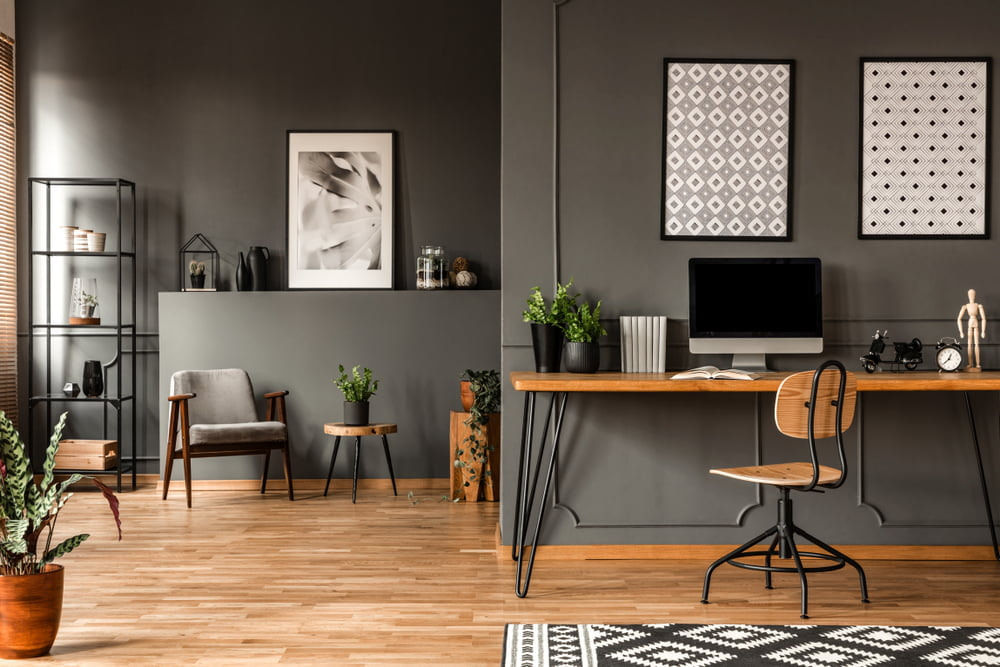
Decluttering office areas
Your decluttering efforts thus far have been rewarded and you’ve now built up to one of the biggies: the office space. As tempting as it may be to throw away anything that looks like a bill, unfortunately, you’ll need to keep your papers in order both pre and post-move.
- Last year’s bills, statements, receipts and so on can now be discarded if you’re past the EOFY.
- Keep any essential paperwork and sort it into piles: professional, personal (birth certificates and the like), kids, cars, and house. Make sure each pile has its own dedicated file or container.
- Get stuck into your desk drawers and keep useful, needed items while getting rid of anything unnecessary. Sure, you’ll need blue tack in your new home, but do you need all seven strips of the stuff?
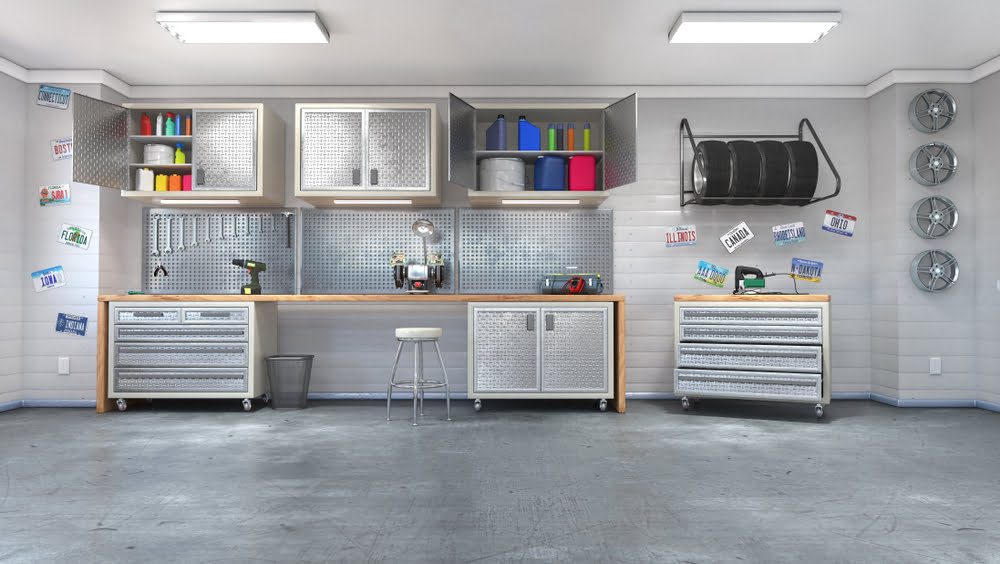
Decluttering garages and sheds
We won’t lie, this is the apex of your decluttering efforts, the Everest of pre-move sorting and categorising. Enlist help before you:
- Sort through any tools setting aside double or triple-ups that you don’t need. Put all useful and needed tools in one area/pile. For each tool type, decide if you need to bring it or if it’s easy and cheap to replace.
- Look out for rubbish and broken items in your garage or shed. These warrant instant binning and are an easy decluttering win.
- Collect any cans of paint into one corner and arrange to have these recycled responsibly with an organisation such as Paintback.
- Throw away any kerosene and other flammables as these can’t be moved by your removalist team.
- Sort through the gumboots and jackets, keeping what you and the family actually wear regularly.

The internet is your decluttering friend
Purging your unwanted items doesn’t have to mean throwing them in the trash. You can donate to charities, give items away, or sell them to make some pocket money.
The internet is your decluttering friend, use eBay to sell things that have value while Community Facebook groups can connect you with others who want or need the items you’re giving away for free.
For anything else, pile up your unwanted items (that are in good condition) and head to your local op shops. Many, including the Salvation Army, will happily come and pick up your goods, especially if you’re donating larger items as well, saving you a trip.
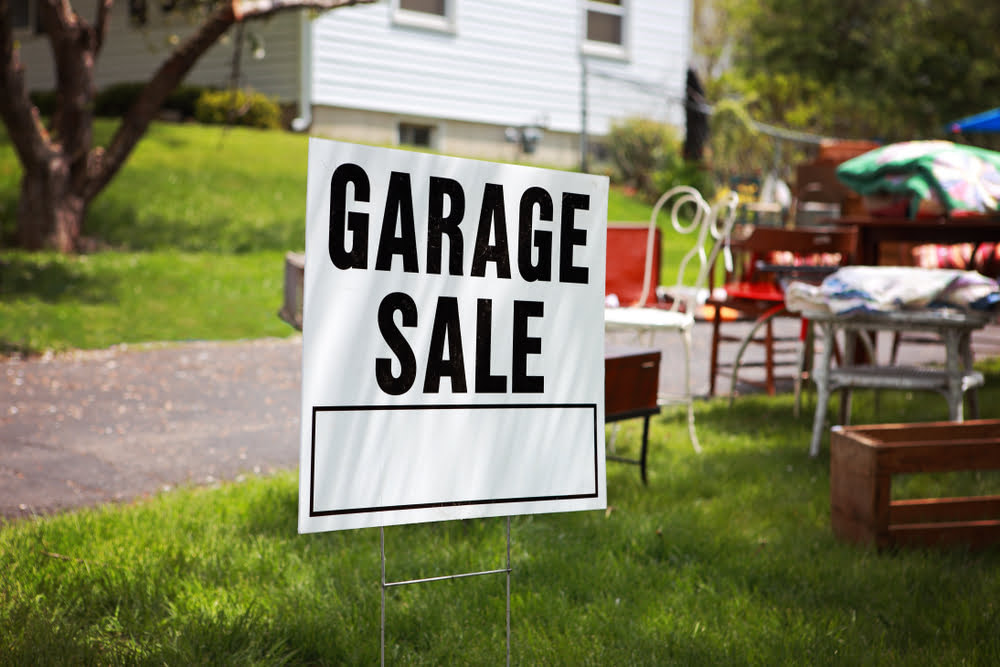
Consider a garage sale
It’s not for everyone, but a garage sale can be a great way to quickly get rid of a lot of unwanted items and make a few bob. Make sure you announce your garage sale online well in advance as plenty of garage sale experts actively plan their Saturday or Sunday garage sale trails.
A makeshift sign out the front of your house on sale day can help draw passersby too.

You’re clutter-free, what next?
Whew, your current home is looking clean, tidy, and oh-so minimalist. So what’s next? Depending on how far off your move is, it might be time to start packing a few boxes and organising your movers.
Tired of sorting and arranging items after all that decluttering? HomeMove can help. Our professional team are not just good at getting your home’s contents from A to B, but we can also help you with packing before the move.
If you want to outsource to the pros, drop us a line and let’s chat about your move.
Guide to Decluttering Before Moving FAQs
Consider whether the item has been used recently, whether it’s in good condition, whether it has monetary or sentimental value, and whether it will be useful in your new home.
When decluttering sentimental items, remember that “less is different than none” — you’re not giving up all your sentimental items, you’re just keeping less of them. It’s ultimately up to you to decide which items are must-keeps and which are weighing you down.
Start by discarding last year’s bills, statements, receipts if you’re past the EOFY. Keep any essential paperwork sorted into piles: professional, personal, kids, cars, and house. Also, get into your desk drawers to remove anything unnecessary.
The internet can help you sell things that have value on platforms like eBay, and social media groups can connect you with others who want or need the items you’re giving away for free. This can reduce waste and potentially earn you some money.
A 2016 study published in the Journal of Environmental Psychology found that clutter negatively impacts “subjective well-being” because it interferes with our psychological perceptions of home and place-making. In simple terms, we’re happier when we like our living spaces, and most people prefer less stuff around them.
Start by sorting through any tools and setting aside ones that you don’t need. Look for rubbish and broken items for instant binning. Collect any cans of paint for recycling and throw away any flammables. Also, sort through the gumboots and jackets, keeping what is regularly worn.
Be discerning but sensitive. Don’t throw out your child’s favorite teddy, but consider parting with items that are broken or not regularly used.
Start with the smaller storage areas and work your way up. Sort through toy boxes, media collections like CDs and DVDs, bookshelves, and sideboards. Be prepared to discard, sell or donate items that you don’t need or want.
A garage sale is a great way to quickly get rid of a lot of unwanted items and make some money. It can be a fun and practical way to clear out items you no longer need.
Open bottles of fluids, cleaning products or otherwise, flammables, kerosene, and paint cans can’t be packed and moved by professional movers. These should be responsibly discarded or recycled.
Consider getting rid of kitchen appliances that are broken or not in use, broken or cracked plates and mugs, pans that are broken or never used, and over-engineered gadgets you don’t use. Also, clear out your food cupboards and pantry of items you’re not using.
After decluttering, it might be time to start packing a few boxes and organising your movers. Depending on your needs, you can also consider outsourcing packing to professionals.
Check your cupboards and discard expired medicines and old makeup. Assess your linens, decide which towels to keep and which to discard. Also, venture under the sink to discard any unused lotions and potions.
A good rule of thumb when decluttering wardrobes is if you haven’t worn something in five years, it’s unlikely you will wear it again. Therefore, it’s a good candidate for removal.
Decluttering before moving not only gives you a well-being boost but also reduces moving costs and allows you to start off on a streamlined foot in your new home.

